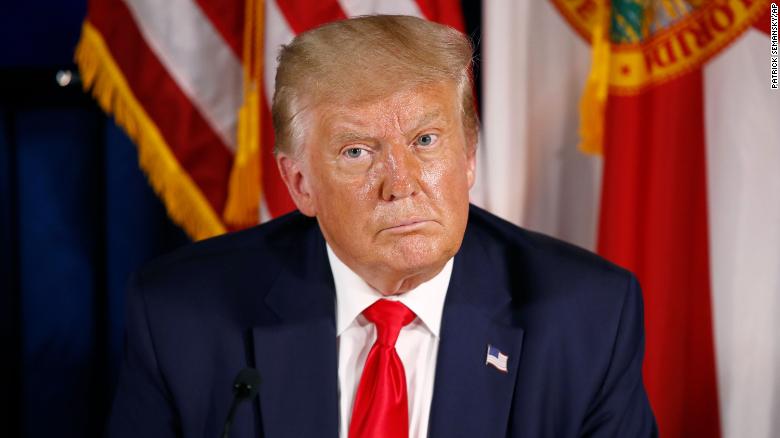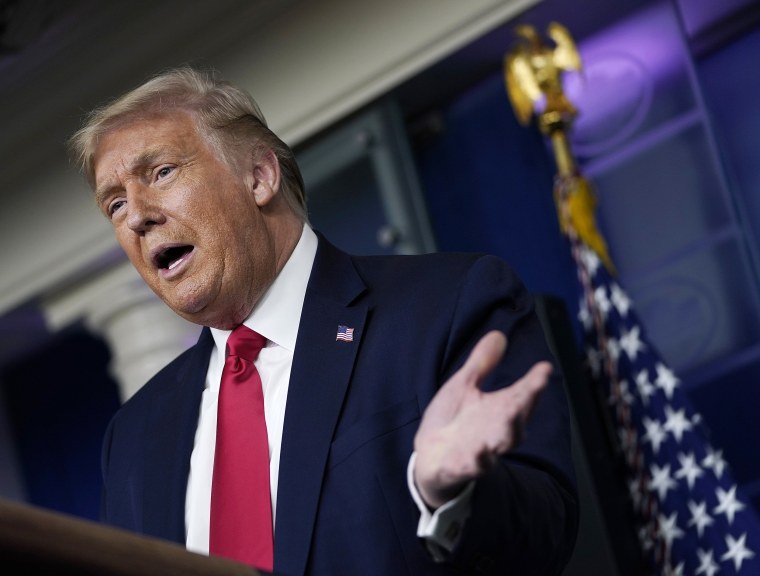Since May, Medicaid enrollment nationally was 73. 5 million. The administration's decision to expand the " public charge" rule, which would permit federal immigration officials to more easily deny irreversible residency status to those who depend on specific public advantages, such as Medicaid, has actually prevented many individuals from using for Medicaid, said Judith Solomon, senior fellow with the Center on Budget Plan and Policy Priorities, a research study group based in Washington, D.C.
But not all his propositions would help the seniors who depend on it. For example, invalidating the Affordable Care Act would get rid of brand-new preventive advantages for Medicare enrollees and reopen the infamous "doughnut hole" that subjects many elders to large out-of-pocket costs for prescription drugs, even if they have Browse around this site insurance.
And his spending plan for fiscal 2021 proposed Medicare cuts amounting to $450 billion. At the same time, however, the administration executed policies significantly broadening payment for telehealth services as well as a kidney care initiative for the countless clients who certify for Medicare as an outcome of innovative kidney disease.
The problem generally happens when patients get care at health centers that belong to their insurance coverage network however are treated by professionals who are not. Other sources of surprise billing include ambulance business and emergency clinic doctors and anesthesiologists, among other specializeds. An effort to end the practice stalled in Congress as some market groups pressed back versus legal proposals.
" At the end of the day, plenty of individuals in Congress did not really wish to get something done," he said. Taking a different path, the administration finalized a rule last November that needs health centers to supply rate information to consumers. The rule will take result Jan. 1. A federal judge shot down an effort by healthcare facilities to obstruct the rule, although appeals are anticipated.
" Arguably, the No. 1 problem with surprise costs is that people have no idea what prices are prior to they receive care," he said. However Adler stated the guideline would have a "extremely minor result" because many customers don't look at prices prior to choosing where to seek care especially during emergency situations.
What Is Health Care Policy Can Be Fun For Everyone
The number of opioid deaths has revealed a modest decline after a remarkable increase over the past decade. In general, overdose death rates fell by 4% from 2017 to 2018 in the United States. New CDC information reveals that, over the exact same period, death rates involving heroin likewise decreased by 4% and overdose death rates including prescription drugs reduced by 13.
The administration increased funding to expand treatment programs for people using heroin and broadened access to naloxone, a medication that can reverse an overdose, said Dr. Georges Benjamin, executive director of the American Public Health Association. Meanwhile, the nation's weight problems epidemic is intensifying. Weight problems, a risk element for extreme impacts of COVID-19, continues to become more common, according to the CDC.
But the pandemic has been the major public health concern this administration has actually dealt with. "We were doing a sensible job attending to the opioid epidemic till COVID hit," Benjamin said. "This reveals the fragility of our health system, that we can not manage these 3 upsurges at the exact same time." [Update: This story was updated on Sept.
m. which type of health care facility employs the most people in the u.s.?. ET to add information about the administration's strategy to expand the usage of health compensation arrangements and on Nov. 11 at 9:30 a. m. ET to fix the spelling of GoodRx.].
The American healthcare system in besieged with inequalities that have an out of proportion influence on people of color and other marginalized groups. These inequalities contribute to spaces in health insurance coverage, unequal access to services, and poorer health results amongst certain populations. African Americans bear the brunt of these health care challenges.
4 percent of the U.S. population. Over the span of several years, particularly because the Civil liberty Acts of 1964 and 1968, they have actually had the ability to make significant strides in American society. According to the Economic Policy Institute, academic achievement has significantly increased, with more than 90 percent of African Americans aged 2529 having actually graduated from high school. College graduation rates have actually also enhanced among African Americans.

5 Easy Facts About Which Of The Following Is A Government Health Care Program? Described
And as for own a home, simply over 40 percent of African Americans own a homea rate virtually the same since 1968. African Americans are also living longer, and the bulk of them have some kind of health insurance protection. Nevertheless, African Americans still experience health problem and imperfection at incredibly high rates and have lower life expectancy than other racial and ethnic groups.
This report will take a look at the state of healthcare coverage for African Americans and shed a light on essential social factors that uniquely affect their health outcomes. In an effort to draw ramifications from leading health care reform plans, suggestions are made for the method forward in guaranteeing that the physiological and social impacts of racism are not left out in efforts to secure really universal health care protection in America (what is single payer health care?).
Addressing their distinct difficulties and perspectives, including the prevalent impacts of bigotry, must be consisted of in health reform efforts. The Affordable Care Act (ACA) has actually helped to ensure health care protection for countless Americans. The uninsured rate among African Americans declined after the law was carried out: of the more than 20 million people who have actually acquired coverage under the ACA, 2 (how is canadian health care funded).
7 percent, while it was simply 5. 4 percent among whites. African Americans were most likely to be covered through employer-sponsored or private medical insurance: 55 percent of African Americans used private medical insurance in 2018, while 41. 2 percent were enrolled in Medicaid or some other type of public health insurance.
The typical family spends $8,200 (or 11 percent of family income) each year on healthcare premiums, and out-of-pocket costs for things such as office visit copays, prescription drugs, and surprise or out of plan medical bills continue to wreak havoc on the financial security of families. For African Americans, the average annual cost for health care premiums is almost 20 percent of the average https://ricardoijtj567.sitey.me/blog/post/440605/some-known-incorrect-statements-about-how-much-would-single-payer-health-care-cost-per-person home incomea significant cost to bear, when considering income inequality and other economic difficulties for this demographic.
5 million people that still do not have medical insurance coverage, 45 percent cite expense as the factor for being uninsured. Moreover, the Commonwealth Fund estimates that an additional 87 million people (grownups aged 19 to 64) are underinsured; that is, they have coverage, however their plan results in unusually high out-of-pocket expenses relative to income that can cause a pressure on individual financial resources or perhaps debt.
Unknown Facts About A Health Care Professional Is Caring For A Patient Who Is Taking Zolpidem

The lack of Medicaid expansion in crucial states, health disparities, and health care service provider shortages Browse this site make it incredibly hard to attend to America's healthcare needs in a comprehensive way. And while these challenges are elements that touch many Americans in different parts of the nation, the gravity of them is distinctively seen in the South, and amongst the African-American population.